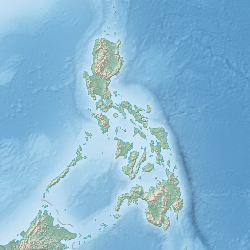Epicenter and effects
The earthquake was described as disastrous, comparable with that of in 1645. Laid in ruins the cathedral and nearly all the other churches, except San Agustin, the palace of the Governor-General, the Audiencia, the barracks, warehouses, etc.; all in all, 46 public buildings in ruins and 25 others badly damaged. Of private houses 570 were destroyed, 531 were left tottering. Total, 1,172 buildings were in ruins or badly damaged. The number of victims was appalling, estimated that in Manila and the surrounding towns alone the number of killed reached 400 and the number of injured reached 2,000. The catastrophe likewise involved many towns in the District of Morong and the provinces of Manila, Laguna, and Cavite, where it destroyed churches and a great number of houses.
This page is based on this
Wikipedia article Text is available under the
CC BY-SA 4.0 license; additional terms may apply.
Images, videos and audio are available under their respective licenses.

